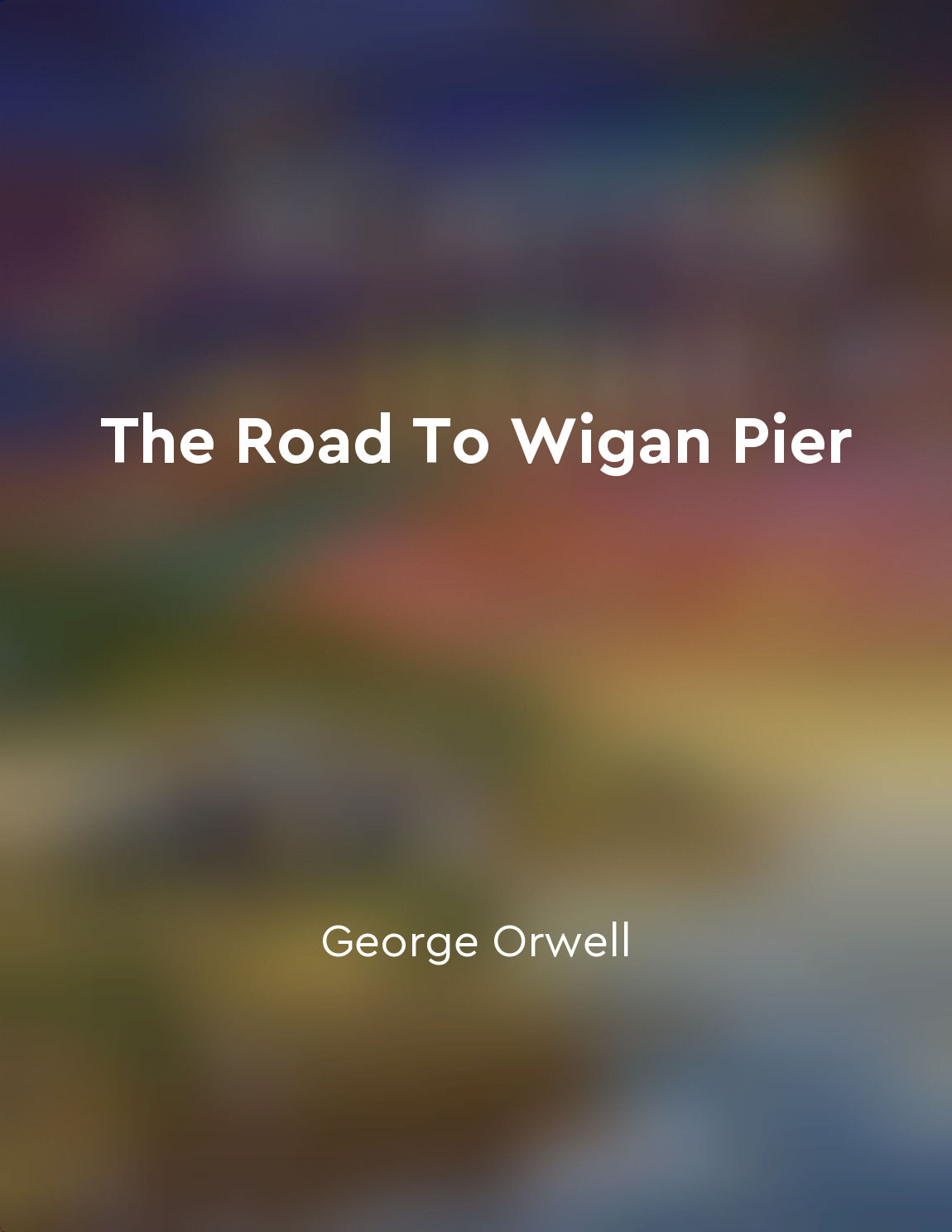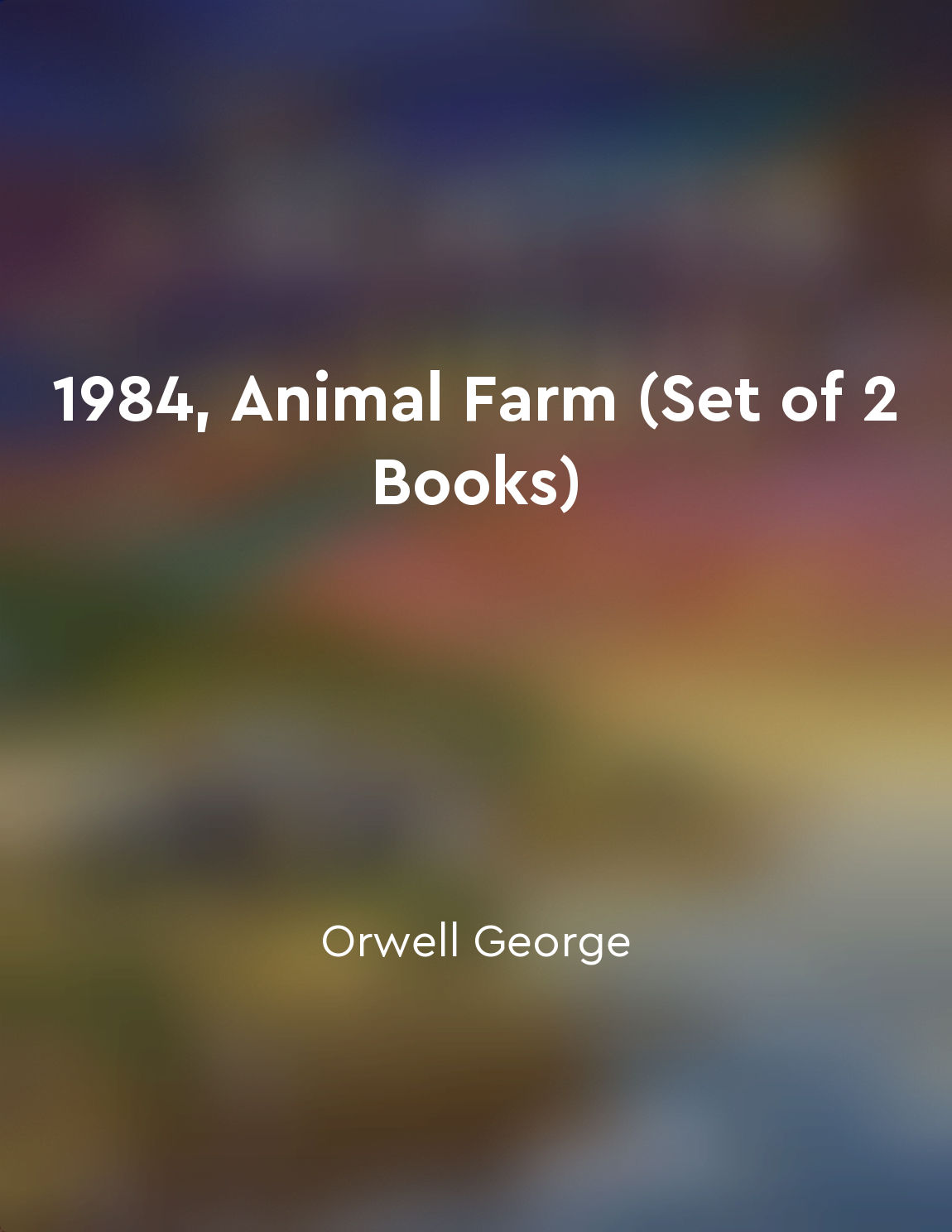Class conflict and inequality from "summary" of A Tale of Two Cities by Dickens, Charles
In the streets of London and Paris, the sharp divide between the aristocracy and the common folk is starkly evident. The rich live lives of luxury and extravagance while the poor struggle to survive day by day. This stark difference in wealth and status leads to deep-rooted class conflict and inequality that permeates every aspect of society. The aristocrats, represented by characters like the cruel Marquis Evrémonde, show a complete disregard for the suffering of the lower classes. They live in opulent mansions, dine on lavish feasts, and enjoy every luxury imaginable, all while the common people starve and suffer. This blatant inequality breeds resentment and anger among the lower classes who are oppressed and downtrodden. On the other hand, the common people, such as the Defarges and the other revolutionaries, are driven to desperation by their poverty and suffering. They live in squalor, work long hours for meager wages, and are subject to the whims of the aristocracy. This sense of injustice and deprivation fuels their desire for change and revolution. The simmer...Similar Posts
Society imposes limits on individual freedom
In our world, society dictates what is acceptable and what is not. It sets boundaries on individual freedom, shaping our lives ...
Critique of society
One of the central themes that runs through the novel is a sharp criticism of the society of sixteenth-century England. Twain's...

Reform is imperative
The need for change is clear and urgent. The current state of affairs cannot be allowed to continue unchecked. The suffering of...

The Party controls language to control thought
In the world of Big Brother, every word is carefully crafted to shape the thoughts and beliefs of the citizens. The Party under...
Workers are exploited by capitalists
The capitalist system is built upon the exploitation of the working class by the capitalist class. Workers are forced to sell t...
Redemption through love
The concept of redemption through love is a central theme in the novel, where characters like Sydney Carton and Charles Darnay ...
Identity and belonging
Throughout the narrative, characters in "A Tale of Two Cities" grapple with the fundamental questions of who they are and where...
Revolution and chaos
The revolution was a whirlwind of change that swept through the city like a raging storm, leaving destruction and chaos in its ...
The Reign of Terror
There was a time when the streets of Paris ran red with the blood of its own people. The Reign of Terror, as it came to be know...
